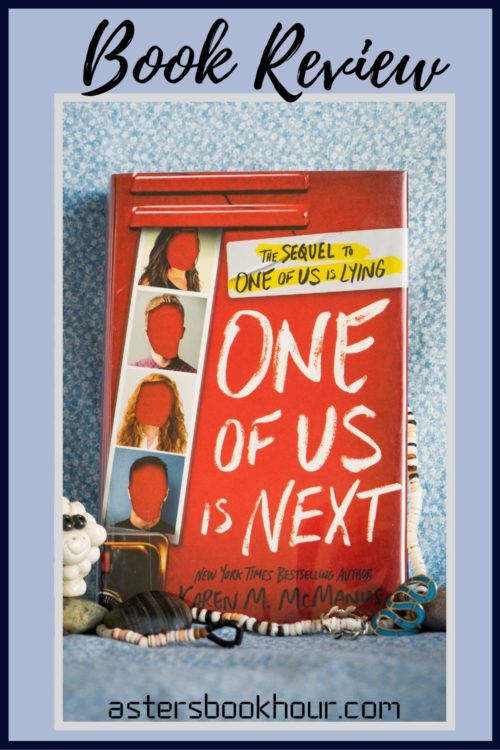
But if you examine it from a technical point of view you'll simply cringe, even factoring in its highly limiting three-day shooting schedule. And if you dig into it with a pickaxe and mining helmet you might find commentary upon cultural appropriation, feminism, capitalism, and law enforcement. If you watch it with your Vaudevillian cortex activated you might get a few bemused laughs. battling the owner of a fried chicken franchise is about as entertaining as watching a circus clown punch himself repeatedly in the nose. This musical-alleged-comedy about a female motorcycle gang in L.A.

Tarantino-and it pains us to say this-is wrong.

The movie it promotes, conversely, is a low quality piece of art, one of those efforts any rational assessment concludes is an utter disaster, but which has advocates, among them Quentin Tarantino. This poster for the blaxploitation flick Darktown Strutters, aka Get Down and Boogie, is a high quality piece of art. They were shot in 1975, and are part of the series that produced the well known image below that appeared inside an issue of New York magazine. The two images above, which turned up online earlier this year, are excellent additions to her cinematic legacy. For that reason, previously unseen shots appear regularly. But because Grier was an important figure, she was reasonably well photographed.

We say probably to hedge our bets, but we can't think of a counter example, unless, maybe, we look at Japanese film. She was one of the top performers to come out of blaxploitation, was also an impact presence in the women-in-prison niche, and really, was probably the first woman you could call an action star. In either case, it means good photos of the genre's stars can be rare.

We've commented before about how, generally speaking, actresses from the blaxploitation era don't have much in the way of surviving promotional material.


 0 kommentar(er)
0 kommentar(er)
